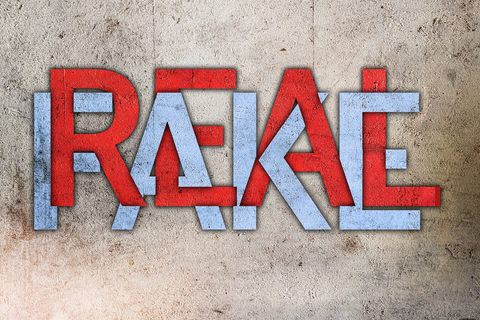After the background investigation: What’s next?
You’ve finally completed the due diligence background investigation. You’ve gathered your findings, analyzed the results, and written and sent your report. Time to cross this one off your to-do list and bask in that wonderful feeling of a job well-done. Or maybe not – because due diligence background investigations don’t end here.
What else could you possibly do? You’ve gone through your usual process, checked off all the boxes. But I encourage you to not stop just yet. There’s a lot more that your client wants and needs, and you can make yourself invaluable if you follow through.
Here are some of the steps we take after completing our due diligence background investigations:
Answer follow-up questions – No matter how clear and concise I try to be and how much time and effort I put into anticipating client questions, they always ask more. What do you mean here? Where did you find this? Why should we care about that? Some answers are obvious, and it simply means that that they skimmed the report, without paying attention to details. Sometimes the answers aren’t so obvious, and it’s clear that you weren’t as clear as you thought. And, sometimes, the answers aren’t in your report – which leads us to the next step.
Conduct additional research – At this point, you tie up loose ends and gather the information that helps clarify what’s in the original report or what might have been omitted. Sometimes, though, your report uncovers previously-unknown stakeholders, so clients heed your recommendations and approve background investigations on additional companies and individuals. Answers tend to lead to more questions – and more research.
Follow up on outstanding info – We frequently send our reports, even though we don’t have all the information. This often happens with interviews or with degree verifications, which can take several weeks. Our clients prefer that we don’t hold up the entire report just for this piece, so we send the reports and note what’s outstanding. When we get what they need, we send an updated report or addendum.
Complete regular updates – For ongoing investments or other business relationships, we’ll often conduct updated background investigations every year or two. No need to verify a degree again, but we might find news articles or social media posts that change everything – like the time our subject neglected to inform the client that he had relocated from the U.K. to the U.S. (this was quite relevant to the situation). Then there’s the portfolio manager with a recent industry sanction. Risks don’t disappear after the report, and it’s important to keep clients informed.
Monitor the situation – Rather than waiting a year or some other predetermined time frame to update the report, for very high-risk situations we’ll monitor our sources on an ongoing basis. Google Alerts are helpful, as are IFTTT (If This, Then That) and TalkWalker. And another reason I use fee-based databases for accessing news and industry publications is that I can set up searches that run daily, weekly, or monthly, with results sent to my email inbox.
Be sure to stay with your clients to make sure they have the information they need when they need it. They’ll love you for it.
To learn more about what you should do before, during, and after a due due diligence investigation, check out my online course, Due Diligence Background Investigations: A 3-Step Process for Minimizing Risk.



